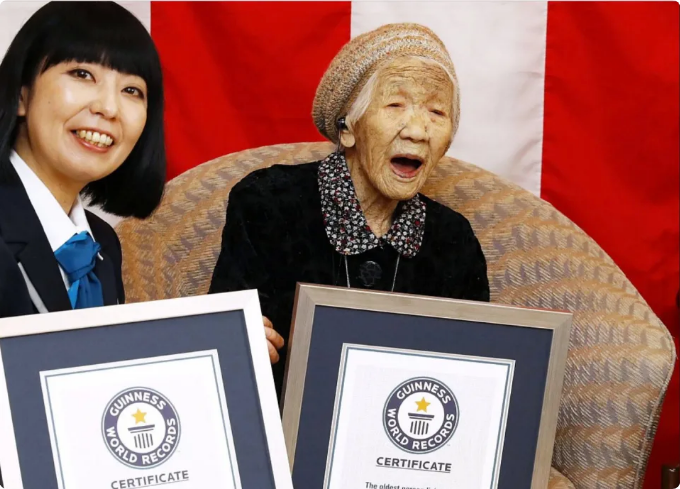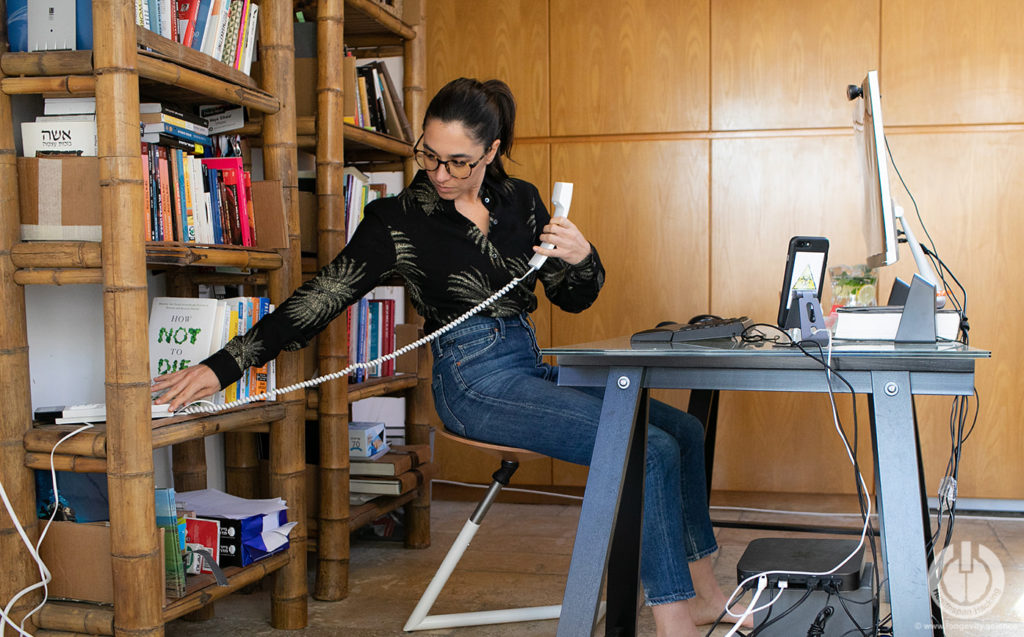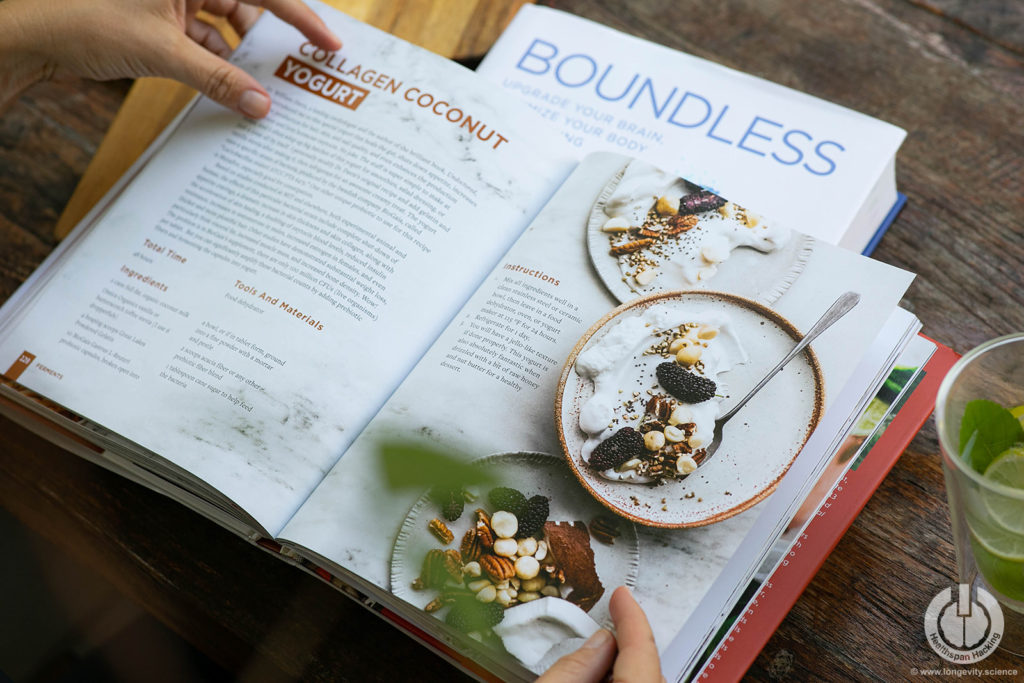[1] Wilmot EG; Edwardson CL; Achana FA; Davies MJ; Gorely T; Gray LJ; Khunti K; Yates T; Biddle SJ; (n.d.). Sedentary time in adults and the association with diabetes, cardiovascular disease and death: Systematic review and meta-analysis. Diabetologia. Retrieved September 22, 2021, from https://pubmed.ncbi.nlm.nih.gov/22890825/
[2] 25, S. C. T. | M., Team, S. C., & Team, S. C. (2021, June 3). How much sleep does the average AMERICAN GET? The Checkup. Retrieved September 22, 2021, from https://www.singlecare.com/blog/news/sleep-statistics/
[3] Bureau, U. S. C. (2021, March 18). Census bureau estimates show average one-way travel time to work rises. The United States Census Bureau. Retrieved September 22, 2021, from https://www.census.gov/newsroom/press-releases/2021/one-way-travel-time-to-work-rises.html#:~:text=In%202019%2C%20the%20average%20one,about%2010%25%20over%2014%20years
[4] Blatt-Gross, C. (2015, January 3). Why do we make students sit still in class?. CNN. Retrieved September 22, 2021, from https://edition.cnn.com/2014/03/30/living/no-sitting-still-movement-schools/index.html
[5] Leech, J. (2019, June 19). Is sitting too much bad for your health?. Healthline. Retrieved September 22, 2021, from https://www.healthline.com/nutrition/why-sitting-is-bad-for-you#prevalence-of-sitting
[6] Zheng, C., Huang, W. Y., Sheridan, S., Sit, C. H.-P., Chen, X.-K., & Wong, S. H.-S. (2020, August 19). COVID-19 pandemic brings a sedentary lifestyle in Young Adults: A cross-sectional and longitudinal study. International journal of environmental research and public health. Retrieved September 22, 2021, from https://www.ncbi.nlm.nih.gov/pmc/articles/PMC7503726/
[7] Duvivier BM; Schaper NC; Bremers MA; van Crombrugge G; Menheere PP; Kars M; Savelberg HH; (n.d.). Minimal intensity physical activity (standing and walking) of longer duration improves insulin action and plasma lipids more than shorter periods of moderate to vigorous exercise (cycling) in sedentary subjects when energy expenditure is comparable. PloS one. Retrieved September 22, 2021, from https://pubmed.ncbi.nlm.nih.gov/23418444/
[8] Kuklovskai︠a︡ Elizaveta. (n.d.). DP. Amazon. Retrieved September 22, 2021, from https://www.amazon.com/dp/B0718X8N7H/ref=dp-kindle-redirect?_encoding=UTF8&btkr=1
[9] Levine JA; Lanningham-Foster LM; McCrady SK; Krizan AC; Olson LR; Kane PH; Jensen MD; Clark MM; (n.d.). Interindividual variation in posture allocation: Possible role in human obesity. Science (New York, N.Y.). Retrieved September 22, 2021, from https://pubmed.ncbi.nlm.nih.gov/15681386/
[10] Park, J. H., Moon, J. H., Kim, H. J., Kong, M. H., & Oh, Y. H. (2020, November). Sedentary lifestyle: Overview of updated evidence of potential health risks. Korean journal of family medicine. Retrieved September 22, 2021, from https://www.ncbi.nlm.nih.gov/pmc/articles/PMC7700832/
[11] Wilmot EG; Edwardson CL; Achana FA; Davies MJ; Gorely T; Gray LJ; Khunti K; Yates T; Biddle SJ; (n.d.). Sedentary time in adults and the association with diabetes, cardiovascular disease and death: Systematic review and meta-analysis. Diabetologia. Retrieved September 22, 2021, from https://pubmed.ncbi.nlm.nih.gov/22890825/
[12] Krogh-Madsen R;Thyfault JP;Broholm C;Mortensen OH;Olsen RH;Mounier R;Plomgaard P;van Hall G;Booth FW;Pedersen BK; (n.d.). A 2-WK reduction of ambulatory activity ATTENUATES peripheral insulin sensitivity. Journal of applied physiology (Bethesda, Md.: 1985). Retrieved September 22, 2021, from https://pubmed.ncbi.nlm.nih.gov/20044474/
[13] U.S. National Library of Medicine. (2021, May 5). Health risks of an inactive lifestyle. MedlinePlus. Retrieved September 22, 2021, from https://medlineplus.gov/healthrisksofaninactivelifestyle.html
[14] Sánchez-Villegas, A., Ara, I., Guillén-Grima, F., Bes-Rastrollo, M., Varo-Cenarruzabeitia, J. J., & Martínez-González, M. (1970, January 1). [PDF] physical Activity, SEDENTARY index, and mental disorders in the SUN cohort Study.: Semantic Scholar. undefined. Retrieved September 22, 2021, from https://www.semanticscholar.org/paper/Physical-activity%2C-sedentary-index%2C-and-mental-in-S%C3%A1nchez-Villegas-Ara/b0869f0e2b071fe8063a180edcbd2decec7bdbae?p2df
[15] Zhai, L., Zhang, Y., & Zhang, D. (2015, June 1). Sedentary behaviour and the risk of depression: A meta-analysis. British Journal of Sports Medicine. Retrieved September 22, 2021, from https://bjsm.bmj.com/content/49/11/705
[16] Preidt, R. (2017, January 18). Too much sitting ages you faster. WebMD. Retrieved September 22, 2021, from https://www.webmd.com/healthy-aging/news/20170118/too-much-sitting-ages-you-faster
[17] Patel, A. V., Bernstein, L., Deka, A., Feigelson, H. S., Campbell, P. T., Gapstur, S. M., Colditz, G. A., & Thun, M. J. (2010, July 22). Leisure time spent sitting in relation to total mortality in a prospective cohort of us adults. OUP Academic. Retrieved September 22, 2021, from https://academic.oup.com/aje/article/172/4/419/85345
[18] Melville, N. A. (2014, January 12). Sedentary behavior associated with higher mortality. Medscape. Retrieved September 22, 2021, from https://www.medscape.com/viewarticle/744006
[19] U.S. National Library of Medicine. (1970, January 1). Physical activity for health. Global Recommendations on Physical Activity for Health. Retrieved September 22, 2021, from https://www.ncbi.nlm.nih.gov/books/NBK305049/
[20] Levine, J., & Yeager, S. (2009). Move a little, lose a lot. Amazon. Retrieved September 22, 2021, from https://www.amazon.com/Move-Little-Lose-Lot-T/dp/0307408558
[21] Exercise science & injury prevention. Dr. John Rusin – Exercise Science & Injury Prevention. (2021, August 10). Retrieved September 22, 2021, from https://drjohnrusin.com/
[22] 6 essential functional movements. Oxygen Mag. (2020, June 17). Retrieved September 22, 2021, from https://www.oxygenmag.com/training-tips-for-women/6-essential-functional-movements/
[23] How to use a standing desk correctly – full tutorial. ergonofis. (2020, June 26). Retrieved September 22, 2021, from https://ergonofis.com/blogs/news/how-to-use-my-sitstand-desk-correctly
[24] Leech, J. (2017, June 18). 6 tips to use a standing DESK CORRECTLY. Healthline. Retrieved September 22, 2021, from https://www.healthline.com/nutrition/6-tips-for-using-a-standing-desk#TOC_TITLE_HDR_8
[25] Brachman A;Kamieniarz A;Michalska J;Pawłowski M;Słomka KJ;Juras G; (n.d.). Balance training programs in athletes – a systematic review. Journal of human kinetics. Retrieved September 22, 2021, from https://pubmed.ncbi.nlm.nih.gov/28828077/






























